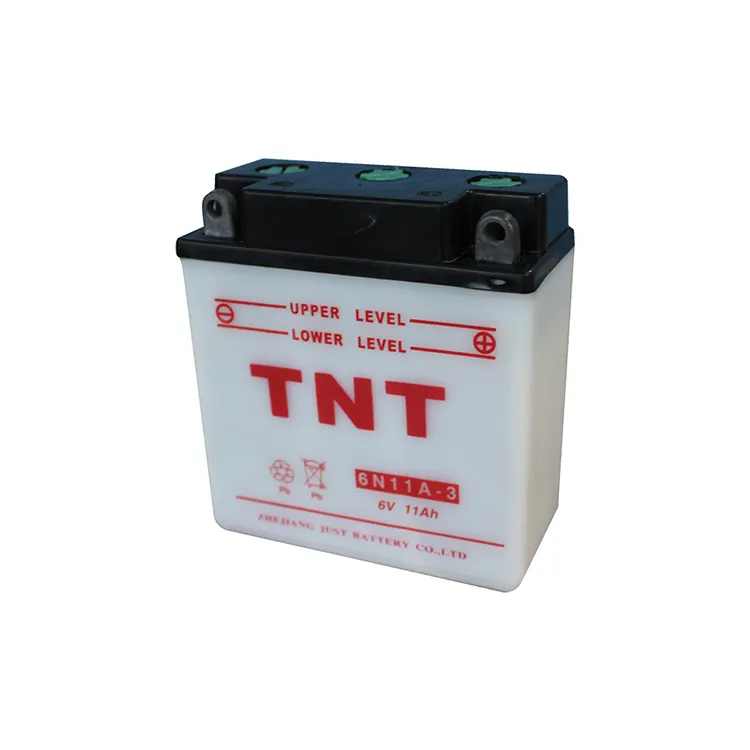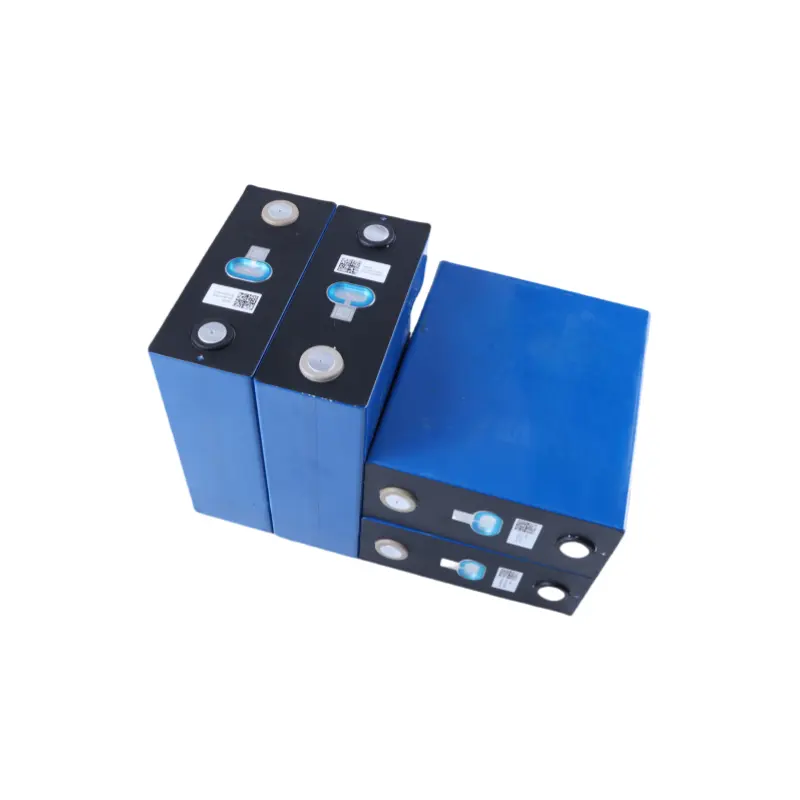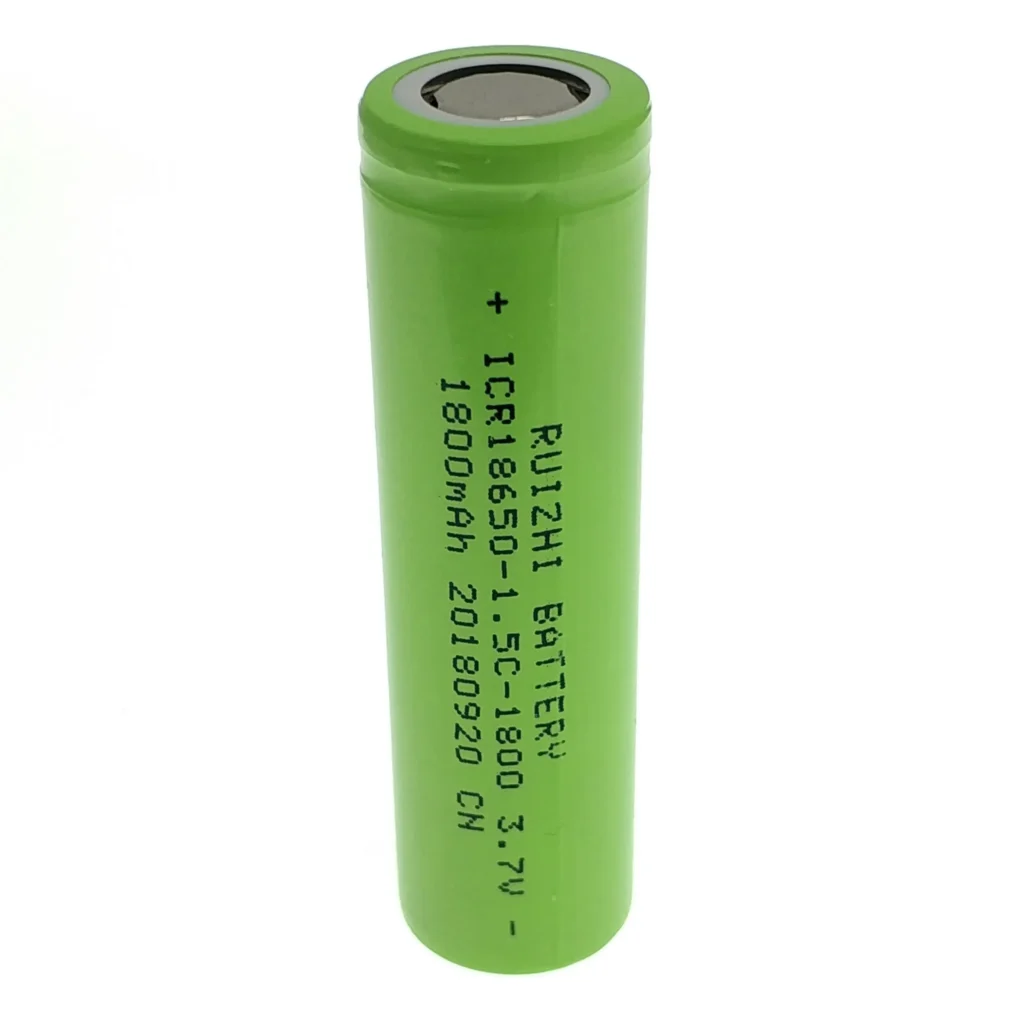Guide to Choosing the Right Battery for Solar Street Lights
The Best Batteries for Solar Street Lights
Taking into account performance, cost, environmental adaptability, and safety, the most suitable type of battery for solar street lights is the Lithium Iron Phosphate (LiFePO4) battery. Here are detailed reasons for this conclusion:
- High Charge and Discharge Efficiency: LiFePO4 batteries have a charge and discharge efficiency exceeding 95% at room temperature, significantly higher than the 85% of lead-acid batteries. This means more solar energy can be effectively utilized, reducing energy waste.
- Long Lifespan: LiFePO4 batteries can last 8-10 years or even longer, far exceeding the 3-5 years lifespan of lead-acid batteries. This translates to a lower frequency of battery replacements and reduced maintenance costs over time.
- Good Temperature Adaptability: LiFePO4 batteries can operate normally within a temperature range of -20°C to 60°C, making them ideal for regions with significant temperature variations. In contrast, ternary lithium batteries perform poorly below 0°C, risking lithium dendrite formation, which leads to capacity degradation or damage.
- High Safety: LiFePO4 batteries are safer in situations of overcharging or short circuits, unlike Lithium Cobalt Oxide batteries, which can easily undergo thermal runaway.
- Cost-Effectiveness: Although LiFePO4 batteries have a higher initial cost, their longevity and efficiency result in lower total costs in the long run. In contrast, while lead-acid batteries are cheaper initially, their frequent replacements and maintenance can be more costly over time.
- Easy Installation and Maintenance: LiFePO4 batteries are compact and lightweight, making installation and maintenance more convenient. Additionally, their sealed, maintenance-free design further simplifies upkeep.
What kind of batteries do solar lights use
The solar industry offers a variety of battery technologies, each with its advantages and disadvantages. In this section, we will introduce each technology:
Nickel-Cadmium (Ni-Cd) Batteries
Ni-Cd batteries are durable, high-temperature resistant, and do not require regular maintenance. Utilizing a hydrogen oxide electrode as the anode and cadmium as the cathode, they are widely used in both civilian and military aviation and are increasingly popular in solar applications.
Advantages: High energy and power density, suitable for applications requiring high discharge rates.
Disadvantages: Higher costs, shorter lifespan (around 500-1000 charge cycles), contains toxic cadmium, which can be harmful to the environment and human health.
Applicable Scenarios: Best for specialized applications needing high power density; not recommended for large-scale deployment.

Lead-Acid Batteries
Lead-acid batteries have been the mainstream choice due to their low cost and durability. The electrodes are primarily made from lead and its oxides, with a sulfuric acid solution as the electrolyte.
Advantages: Stable performance, affordable, and widely used.
Disadvantages: They may require regular maintenance, making them unsuitable for underground installation. Depending on the depth of discharge, they offer 500 cycles (50%DOD) to 1200 cycles (30%DOD). AGM and Gel batteries are the most common types used in solar street lights.
Applicable Scenarios: Suitable for cost-sensitive areas with moderate environmental conditions.

Ternary Lithium Batteries
These batteries use ternary cathode material composed of lithium nickel cobalt manganese oxide, allowing adjustable ratios of nickel, cobalt, and manganese. They are safer compared to Lithium Cobalt batteries but have lower voltage.
Advantages: High energy density and charging/discharging efficiency (>95%), suitable for various environmental conditions.
Disadvantages: They can operate well within a temperature range of -5°C to 50°C, but charging efficiency declines in colder environments, posing a risk of lithium dendrite formation, leading to capacity loss or battery damage.
Applicable Scenarios: Ideal for regions with higher temperatures, although additional heating considerations may be necessary.

Lithium Iron Phosphate (LiFePO4) Batteries
LiFePO4 batteries are a cost-effective lithium battery technology with a high energy density, providing approximately 4500 cycles at 80% depth of discharge.
Advantages: Outstanding performance under low voltage, small scale, and shallow cycling; high efficiency (>95%), long lifespan (8-10 years), capable of operating in -20°C to 60°C with low maintenance costs.
Disadvantages: Higher initial cost.
Applicable Scenarios: Suitable for areas with significant temperature variations, offering long-term cost-effectiveness.

Lithium Cobalt Oxide Batteries
Renowned for their stability and high capacity, these batteries are common in laptops, mobile phones, and some solar street light applications.
Advantages: High volumetric energy density, good stability, and reliable performance.
Disadvantages: Safety issues, very high costs, average cycle lifespan, and material stability problems.

Choosing and Calculating Parameters for Solar Street Light Batteries
When selecting a battery for solar street lights, it is crucial to consider multiple factors, including capacity and size, power ratings and voltage, depth of discharge (DoD), cycle efficiency, battery lifespan, safety, and environmental impact. Here is a detailed guide and calculation formulas:
1. Battery Capacity and Size
1.1 Battery Capacity Design
Calculation Formula:
C = (D × Q × Ka × Kd) / (U × L)
- C: Battery capacity (Ah)
- D: Maximum number of days without sunlight, typically 3 days
- Q: Daily power consumption (Wh)
- Ka: Line loss coefficient
- Kd: Battery depth of discharge, usually set at 0.75
- U: System operating voltage
- L: Battery pack charging/discharging efficiency, typically set at 0.85
1.2 Battery Size
Selection Principles:
- Battery size should match the structure of the solar panel and pole, ensuring easy and stable installation.
- Considering wind resistance and lightning protection designs, solar panels are usually mounted on poles (above 5 meters), while batteries should be installed at the base or underground to maintain a low center of gravity.
2. Power Rating and Voltage
2.1 Working Voltage of Solar Batteries
Selection Principles:
- The working voltage of solar panels should be about 1.5 times that of the matching battery voltage to ensure normal battery charging.
- For example, a 6V battery needs an 8-9V solar panel, a 12V battery needs a 15-18V solar panel, and a 24V battery needs a 33-36V solar panel.
2.2 Output Power
Calculation Formula:
P = A × 127 Wp/m2
- P: Solar panel output power (Wp)
- A: Area of the solar panel (m²)
Selection Principles:
- The output power of the solar panel should exceed the light source power by 3-5 times. In regions with abundant sunlight and shorter lighting periods, multiply by 3-4 times; otherwise, multiply by 4-5 times.
3. Depth of Discharge (DoD)
Selection Principles:
- Depth of discharge is generally set at 0.75, meaning 75% of the battery capacity can be discharged.
- Excessive discharge will shorten battery lifespan and should be avoided.
4. Cycle Efficiency
Selection Principles:
- Colloidal lead-acid batteries lose about 12-15% energy under normal temperatures, while manganese lithium and LiFePO4 batteries lose no more than 2%.
- Selecting a battery with high cycle efficiency can enhance the overall energy efficiency of the system.
5. Battery Lifespan (Lifecycle)
Selection Principles:
- The lifespan of batteries is usually designed to last 2-5 years, though actual use may fall short of this.
- Manganese lithium and LiFePO4 batteries have longer lifecycles than lead-acid batteries, as well as better portability and performance characteristics.
- Utilizing patented controller technology and battery management systems can extend battery lifespan, such as products from “Yuzhiyuan Solar,” which can achieve an 8-10 year battery lifespan.
6. Safety and Environmental Impact
6.1 Safety
Selection Principles:
- The controller should have comprehensive protective measures against short circuits, overloads, and over-discharge; automatic shutdown and recovery features should be included.
- The charging control of the controller should use PWM modulation pulse mode and include temperature compensation correction.
6.2 Environmental Impact
Selection Principles:
- Lead-acid batteries present lead contamination issues and should be phased out.
- Ni-Cd batteries pose cadmium contamination risks and should be used cautiously.
- Ni-H batteries are pollution-free and eco-friendly and should be promoted.
- Manganese lithium and LiFePO4 batteries are environmentally friendly and offer high cycle efficiency.
7. Specific Case Studies
7.1 Solar Street Light System on a Main Road in Nanjing, Jiangsu
Load: 40W LED source, operating 10 hours per day, with half power adjustment for the last 5 hours at night.
Daily Power Consumption: 58.8 Wh
Maximum Continuous Cloudy Days: 5 days
Battery Capacity:
C = (5 × 58.8 × 1.1) / (0.85 × 0.75 × 24) = 92.1 Ah
Two 12V/100Ah batteries were actually selected in series.
7.2 24V 40W Induction Lamp System in Zhenjiang
Load: 40W induction lamp, used for 8 hours a day, with 4 consecutive cloudy days.
Battery Capacity:
C = (1.1 × 40 × 8 × 4) / (0.85 × 0.75 × 24) = 92.1 Ah
Two 12V/100Ah batteries were actually selected in series.
8. Optimization Suggestions
- Component Capacity: To ensure a quick recovery post consecutive cloudy days, increase component capacity. For instance, select 160Wp components and control charging time to within 2 days.
- Temperature Management: Batteries should be installed in temperature-suitable locations, such as below frozen soil layers, to extend battery lifespan.
- Controller Functionality: Controllers should have intelligent control features including light control, time control, temperature control, automatic protection, and digital display to enhance system reliability and energy efficiency.
By following the above steps and principles, you can choose the appropriate battery for your solar street light system, ensuring efficiency, reliability, and environmental friendliness.
https://solar-sourcing.com/solar-street-lights-design-guide-key-calculations-and-considerations/